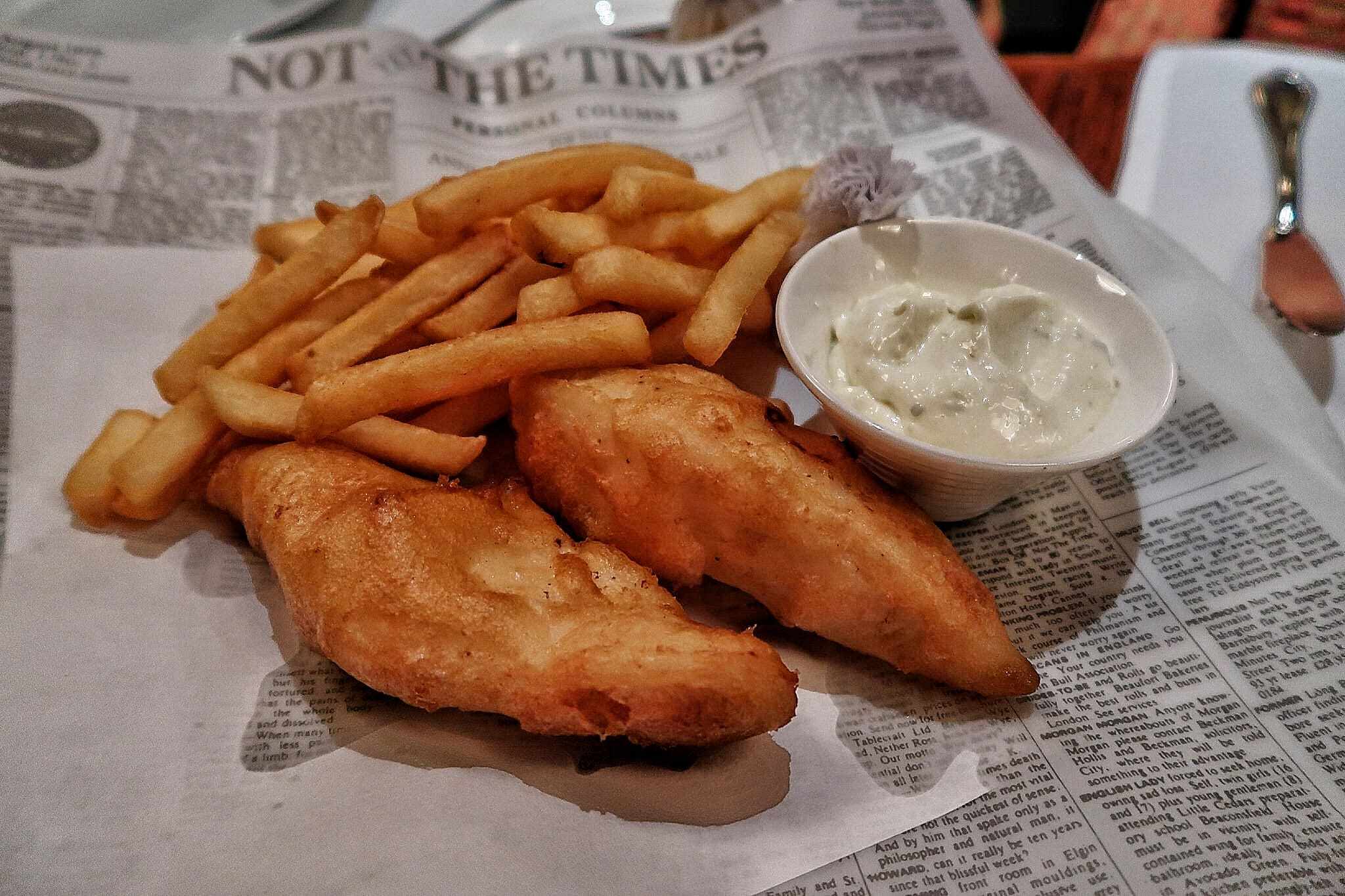
And How They Came Together.
Fish and Chips is one of the most iconic foods in British cuisine with origins centuries-old and from countries outside of the United Kingdom. Learn the fish and chips history, the history of the fried fish, fries, and how the two came together.
The History of Fried Fish in the UK
Food historians believe that the root origins for fish and chips date back to the 6th century even before fried fish and chips were made.
In the early Persian empire, kings and the royal families fell in love with a dish called sikbaj in which beef was preserved in vinegar to make a sweet and sour stew. The popularity of sikbaj spread beyond the empire.
In the 10th century, the meal was made out of fish, rather than beef, as fish was more available at sea than beef. As the dish spread westward toward European countries, the sikbaj evolved to popular dishes like ceviche, escabeche, and pescado frito.
Pescado frito was typically prepared for Shabbat, or the Sabbath, on Friday evenings. Fish was battered to fry, then soaked in vinegar, and eaten cold the next day.
This was the dish, that was brought over to England by Jewish refugees from Portugal and Spain in the 1500s. Sephardic Jews fled north to Holland and later to London to escape the Spanish Inquisition.
The History of Chips, or Fries, in the UK
The true origins of chips have been argued among the Belgians and French, each of whom declares to have created the first batch of fries. More food historians side with the Belgians who first fried potatoes in the 16th century.
It’s interesting to note that in the winter months when rivers froze over in Belgium, housewives were known to use potatoes as a substitute for fish, cut the potatoes into fish shapes, and fry them for dinner.
Fried potatoes were later introduced to the UK from France in the 1700s by French Protestants fleeing persecution.
Fish and Chips History: Putting the Fish and the Chips Together
While Sephardic Jews from Portugal and Spain brought over the fried fish, it was the Ashkenazi Jews from Eastern Europe that put the fish and chips together in the 19th century.
Joseph Malin, a 13-year-old Ashkenazi Jew, sold fried potatoes as a side business. He thought of combining his product with the fried fish, now served warm rather than cold, from a nearby shop. His successful pairing led his family to open up the first chip shop (as fish and chips shops are called) in 1860 in London.
Soon after, chip shops became a popular small family business with homes setting up front room shops until the late 1800s when they transferred to pubs and restaurants. These front rooms were located in the front of the house, hence the front room.
By the 1930s, there were close to 35,000 chip shops throughout the UK.
In fact, fish and chips were so popular that during both WWI and WWII, supplies were safeguarded as a priority and not rationed.
As for its packaging, in the 1950s, merchants wanted to keep the prices down, so they chose newspapers as the packaging. Thankfully, in the 80s, newspaper as food packaging was declared unhealthy because of the ink. So today’s food-grade greaseproof paper took over while higher-end restaurants used designed paper to look like newspaper as an ode to the past.
Sign up for my newsletter on the sidebar for blog updates and my travel insider tips! And, check out my vlogs on YouTube!


